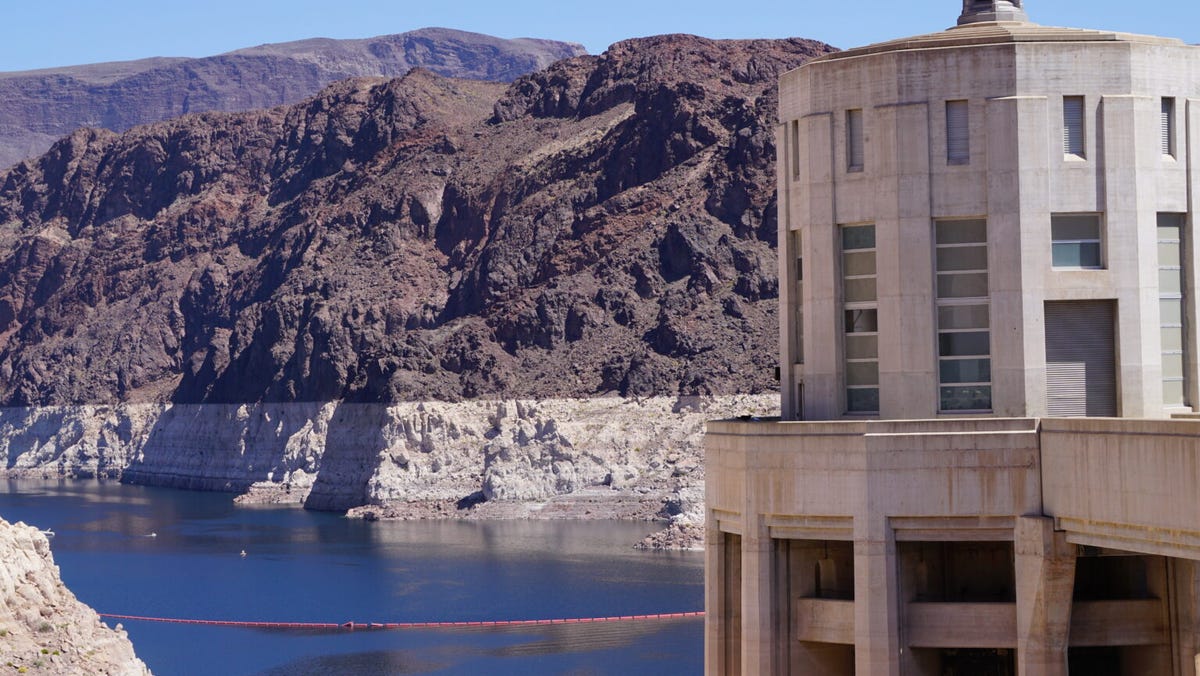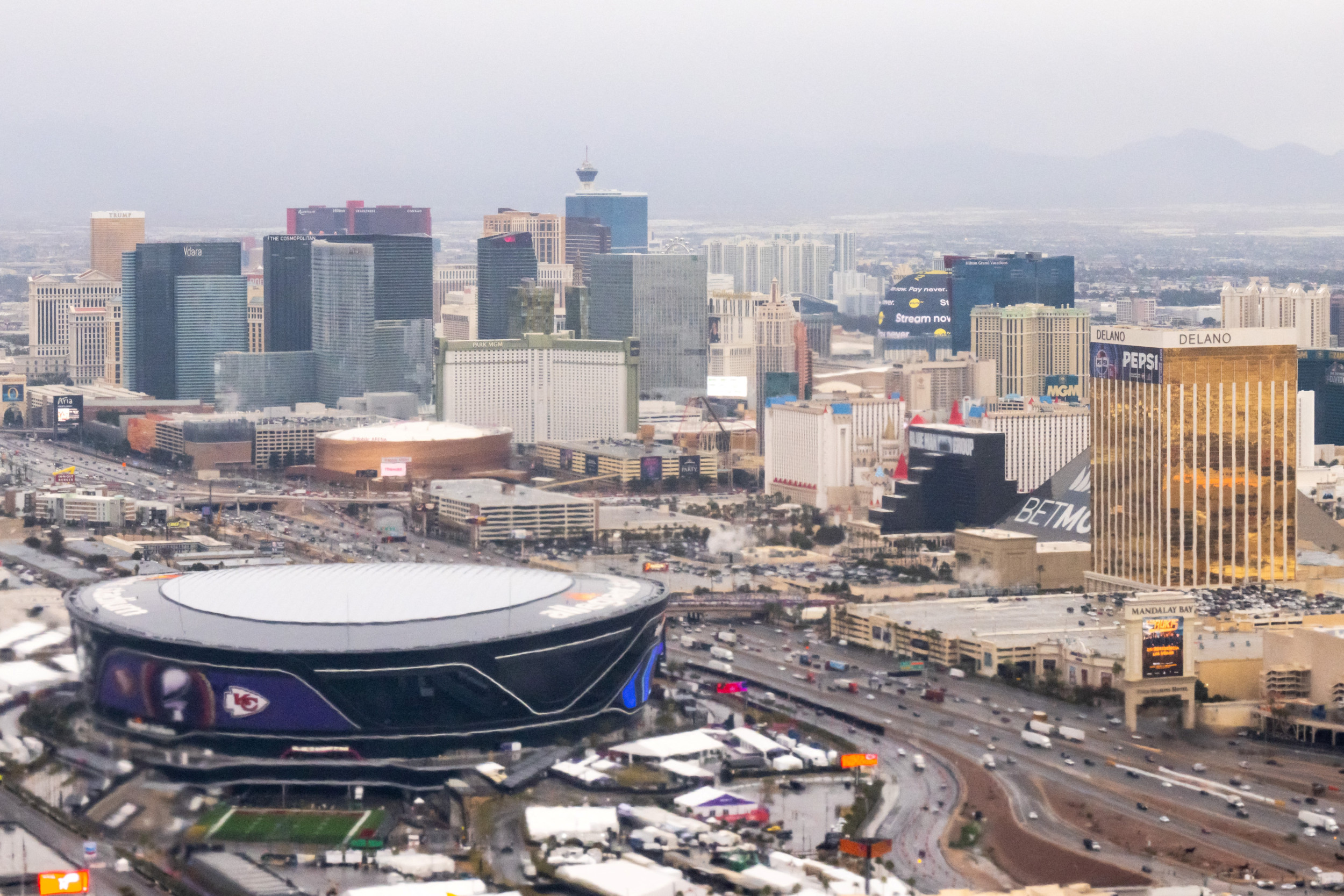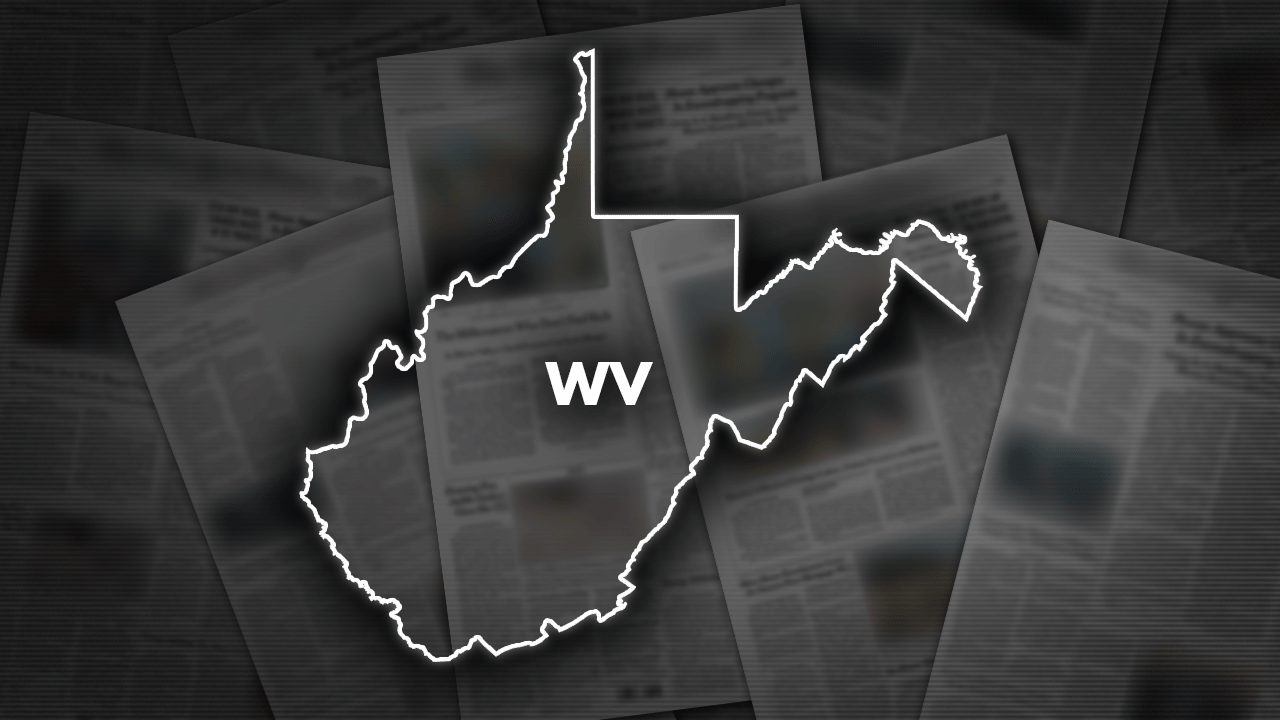Jeniffer Solis
| Nevada Current
Nevada’s senators joined federal lawmakers from six other Western states Monday to demand additional funding to address the region’s long-term drought, worsened by climate change.
The Colorado River remains in an unfolding and worsening crisis. Water demand on the river far exceeds supply, meaning less water is available to refill the river’s large reservoirs, Lake Mead and Lake Powell. Such a scenario could risk water supply and hydro power to millions of Westerners.
Congress has moved to address the historic drought in the West by funding Colorado River management and conservation efforts, according to Nevada Current. In 2022, Congress passed the Inflation Reduction Act, which provided $4 billion for projects that mitigate drought in the 17 Western states served by the Department of the Interior’s Bureau of Reclamation.
However, that funding is only available through 2026.
Portions of that funding have been used to compensate farmers and ranchers for water conservation in the lower basin after Nevada, California, and Arizona agreed to collectively reduce water use by at least 3 million acre-feet through the end of 2026, when the Colorado River’s current operating guidelines are set to expire.
In a letter Monday, Nevada’s Democratic Sens. Catherine Cortez Masto and Jacky Rosen, and Reps. Dina Titus and Susie Lee, urged U.S. Department of Agriculture Secretary Tom Vilsack to “bring all resources to bear in helping address long-term drought and aridification in the Western United States.”
“Drought remains a severe risk for American farmers and ranchers and threatens farmland and local economies that rely on dwindling water resources,” wrote the lawmakers.
More than 30 lawmakers signed on to the letter, including several from Colorado, Oregon, New Mexico, Montana, Arizona, California.
According to the U.S. Drought Monitor, at the end of March, 23% of the West was in drought. Areas of Arizona, New Mexico, and western Montana are experiencing extreme and exceptional drought this spring. In the Pacific Northwest and northern Rockies, dry conditions have persisted, with record low snowpack in some areas, raising concerns about worsening drought conditions.
In western Montana, snowpack is well below normal and at record low levels for some areas. While minor drought improvements were made throughout much of the West, worsening drought conditions are expected heading into the summer, according to the National Oceanic and Atmospheric Administration.
Lawmakers acknowledged the Biden-Harris Administration’s recent steps to increase the number of agriculture conservation practices eligible for Inflation Reduction Act dollars, but emphasized that more comprehensive funding across the West is needed. In the letter, lawmakers called for further investments in upstream, watershed-scale projects, water forecasting, water conservation, and watershed restoration.
Upper basin “watershed-scale investments greatly benefit all downstream uses, in particular for our farming and ranching communities,” reads the letter.
The letter noted that funding for large-scale agricultural conservation in lower basin states has greatly helped address the drought, but that “smaller scale on-farm measures and larger-scale upstream watershed restoration and improvements” are also needed to address both short-term drought recovery and future resilience.
In the West, U.S. Forest Service lands comprise 19% of the total land area and contribute 46% of the surface water supply, meaning that more investments in public national forest lands would have a significant impact on downstream surface water flows, according to the letter.
Specifically, lawmakers called on the White House to provide additional funding for Natural Resources Conservation Service programs related to water forecasting, water conservation, and watershed restoration. Lawmakers also requested funding for measures that upgrade water infrastructure, build soil health, and contribute significant ecosystem benefits.
“Reliable and sustainable water availability is absolutely critical to any agricultural commodity production in the American West, and swiftly deploying funds to producers and watersheds in our States and Districts is crucial to help them respond to more frequent and severe droughts,” lawmakers wrote.
































